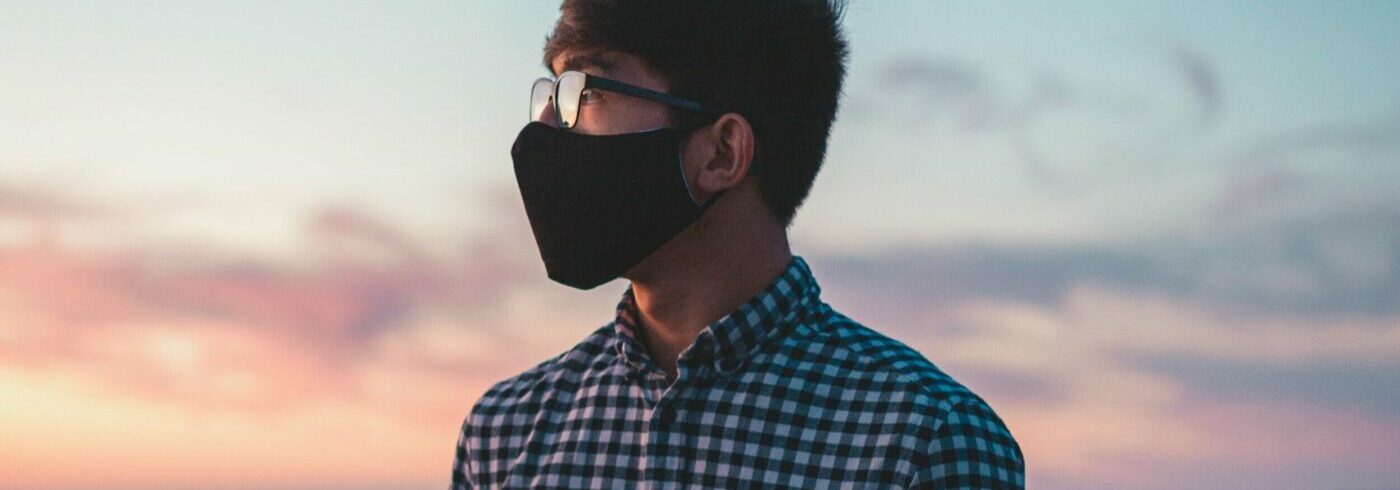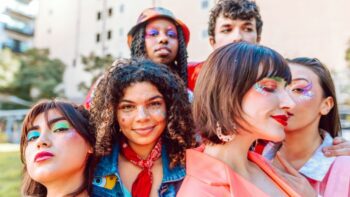
What Brands Are Doing To Save Gen Z From Being A ‘Lost Generation’
The generation that came of age during World War 1 were known as the “lost generation,” not only because so many young people lost their lives in the war, but also because of its long-term effects. Survivors were described as “disoriented, wandering, directionless” in the post-war era. The term “lost generation” has recently been used to describe Gen Z, the group who are reaching adulthood during the COVID-19 pandemic. As our new UK Youth Trends Report reveals, 16-24s have seen the negative impact of COVID across every area of their lives, including education, career, mental health and more.
This situation should be concerning for any brand or organisation that focuses on the youth demographic, and many brands in this space are already looking at what they can do to support young people not only during but in the wake of the pandemic. Here are some examples that can be used for inspiration by any marketer considering how they can help.
Nando’s
At YMS:ONLINE, Sophie Archer from Nando’s explained how the restaurant chain had developed their strategy for supporting young consumers during COVID over time, as they realised there was more they could do to make a real difference. “It’s been a whirlwind of a year. Our initial reaction was to create distraction comms and keep spirits up, such as live cook-alongs. We’re a brand that’s there for light relief. Long term, we’re thinking about our community and customers, supporting younger customers affected by unemployment with our Fuel your Future initiative for underprivileged young people.”
Coca-Cola
A US initiative from Coca-Cola addresses not only the impact of COVID on youth employment but also the need for more career pathways for Black people, in light of the discussions raised by the Black Lives Matter movement. The Coca-Cola Pay It Forward program provides internships for students from 16 historically Black colleges. The internships normally take place in person, but in 2021 will be conducted entirely virtually. Not only should brands be introducing new opportunities for young people, but also finding ways to ensure this generation don’t miss out on what would normally be available to them.
TikTok
Our research has found that tutorials and learning are among the content that young people love most on TikTok, and the platform is keen to develop this offering, especially at a time when many students are struggling to stay engaged with their education while they don’t have in-person classes. At last month’s YMS:ONLINE, TikTok’s Partnerships Marketing Manager Harley Johnson said: “The shift to education as entertainment is something we’re looking at, and it’s something our community’s calling out for. Replacing schools? I don’t think so! But playing our part and inspiring.”
Hollister
Our new Youth Trends Report found that 84% of 16-24s have suffered from mental health issues during the pandemic. One of the brands taking action on this is Hollister, which has teamed up with TikTok stars including the D’Amelio sisters to combat the stigma around speaking up about mental health concerns. They have also released a product collection to raise money for the Hollister Confidence Project, which distributes funds to non-profits that support teen mental health, as well as those supporting LGBTQ+ and BIPOC youth communities.
Laced
Demonstrating that it’s not just the biggest global brands who can contribute, sneaker resale platform Laced is helping young people to start a side hustle. Their VP of Marketing Yoann Pavy said at YMS:ONLINE, “In the pandemic, when so many lost their jobs, a lot of people found new ways to get extra income through a side hustle. Sneakers can be a way to make extra income if you’re lucky enough to get them when they drop. Brands like Jordan and Yeezy have understood this over the past 2-3 years and the calendar for new releases has accelerated.”
Click here to subscribe to Voxburner+.



